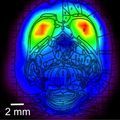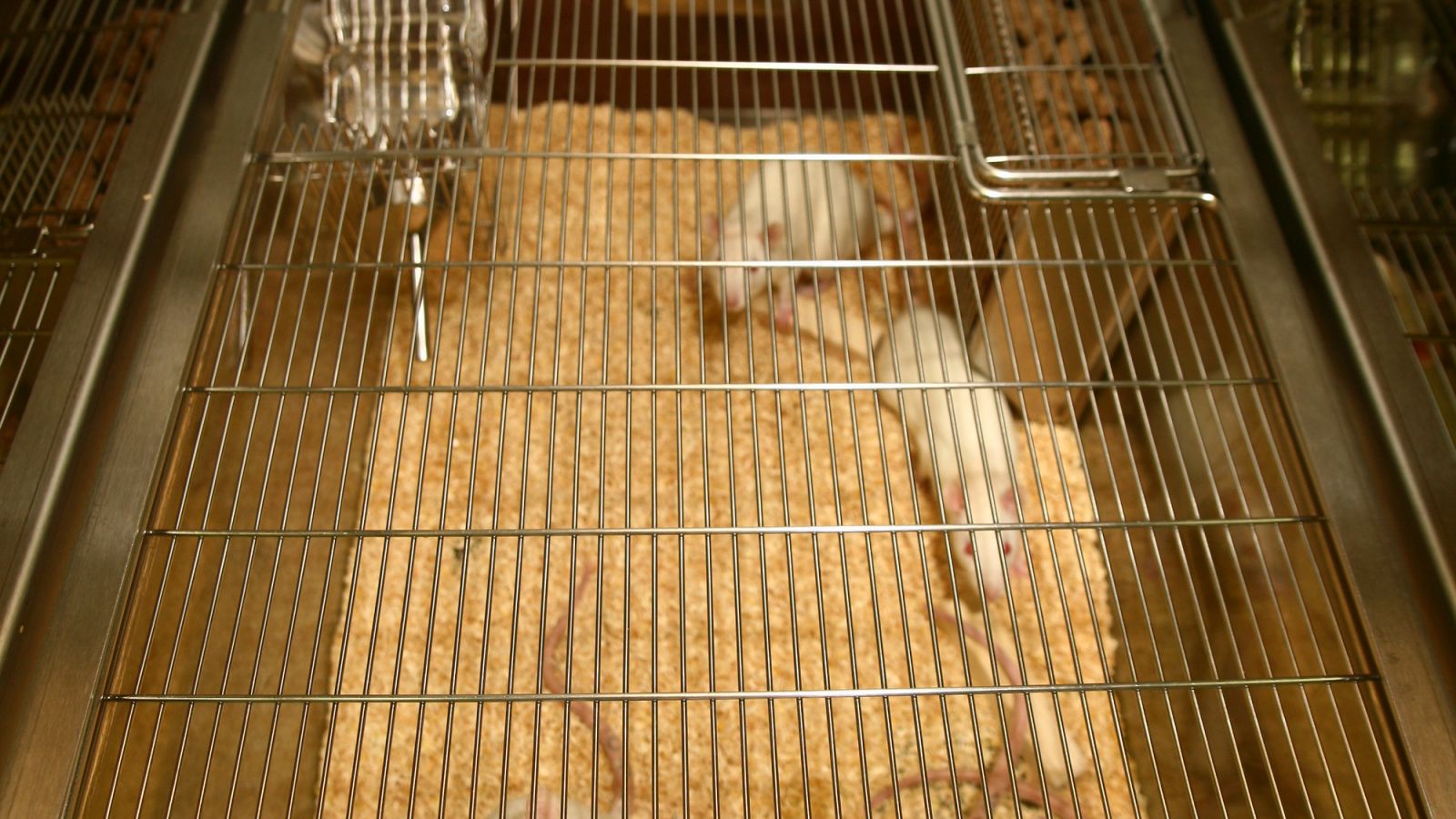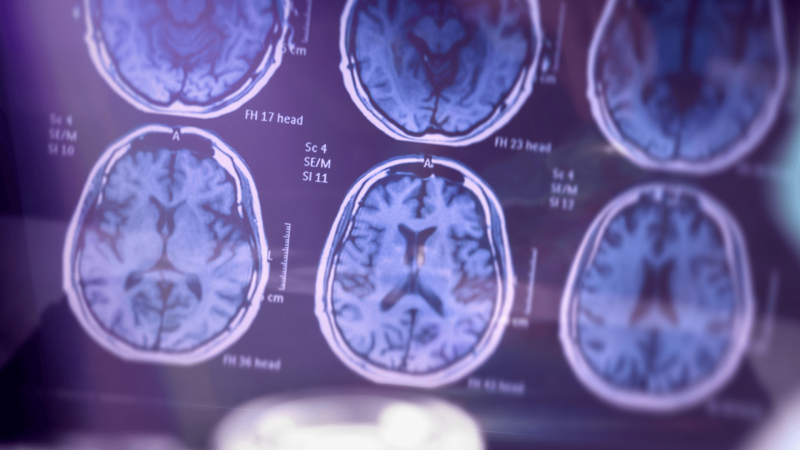 Scientists have developed a mini brain-scanner that allows them to study brain function and behaviour simultaneously in rats. The new device, called the RatCAP, will further understanding of neurological conditions, such as Alzheimer's, Parkinson's and epilepsy.
Scientists have developed a mini brain-scanner that allows them to study brain function and behaviour simultaneously in rats. The new device, called the RatCAP, will further understanding of neurological conditions, such as Alzheimer's, Parkinson's and epilepsy.
The RatCAP uses a tiny positron emission tomography (PET) scanner. Usually PET can only be used on anaesthetised rats, because they don't keep still long enough to be scanned. But the new portable device can image rats' brains while they are conscious, allowing researchers to examine behaviour and brain function at the same time.
The RatCAP is tiny compared to conventional PET scanners, weighing just 250g. The device is supported against the rat's head using a combination of springs and motion stabilisers.
PET uses radioactive tracers to watch how different chemicals are metabolised in the body. Weakly radioactive chemicals are injected into the animal and result in the emission of high-energy light. From this, a ring of detectors in the PET scanner can determine the location and concentration of the chemical.
Using the RatCAP, researchers measured levels of the neurotransmitter dopamine in active rats. Dopamine has many functions in the brain, many of which influence behaviour, movement and memory. A lack of dopamine in the brain is associated with Parkinson's disease.
The researchers compared the levels of dopamine to those in anaesthetised rats. Dopamine is usually associated with excitement and reward and so levels were expected to be higher in the conscious rats. But, surprisingly, the levels were higher in the anaesthetised rats, suggesting that anaesthesia may influence dopamine uptake. The finding has important implications for existing research involving PET scanners, which had assumed observations under anaesthesia would match those in conscious animals.
The researchers also measured the activity of a rat from its body motions and number of head turns. This could then be matched minute-by-minute to dopamine levels in the brain. The more active the rat, the lower the dopamine levels.
It is expected the RatCAP will have application in a wide range of behavioural studies using different neurotransmitters. However, the size of the device may not allow its use in behaviourally challenging experiments, such as nose-poking into small spaces for food rewards.
Watch the RatCAP in action here.
Read more about Alzheimer's and Parkinson's disease.
Last edited: 6 April 2022 14:42




